#Canadian bison
Explore tagged Tumblr posts
Text

Bison calves stand in Saskatchewan’s Wanuskewin Heritage Park, the first to be born in the the Archaeological Site and Cultural Centre in more than 150 years. Photo By WanuskewinHeritage Park
How Canadian Bison Have Been Brought Back From The Brink In Saskatchewan
In Saskatchewan’s Wanuskewin Heritage Park, bison are a vital piece of the indigenous cultural history and have been brought back from the brink to help rewild fragile grasslands.
— By Karen Gardiner | Published June 3, 2023 | July 29th, 2025
Dr. Ernie Walker has heard enough tired takes on Saskatchewan’s flat landscape. “A lot of people refer to the prairies as big and empty or useless,” he says, indignant, as he leads me around Wanuskewin Heritage Park, an archaeological site and cultural centre 15 minutes from the Saskatchewan city of Saskatoon. “That’s not it. What’s significant about the prairies is that it’s subtle.”
Standing under a big blue sky, amid dry rolling grassland that stretches uninterrupted all the way to the horizon, I think I understand the misconception: lacking mountains and with sparse trees, this isn’t exactly the type of landscape that wallops you with its dramatic features. But if there’s anyone who can convincingly argue for the value of this place, it’s Walker.
The park’s founder and chief archeologist, Walker has spent four decades with his hands in Wanuskewin’s dirt, turning up artefacts — including stone and bone tools, amulets and even gaming pieces — that have whispered to him stories of this land’s significance. Working here as a ranch hand in the early 1980s, he convinced his boss that the land had great archaeological importance. That slowly set in motion the park’s establishment, which involved a rare-for-the-time collaboration between Indigenous and non-Indigenous people.
“When visitors look at the landscape, I’m always interested in what they’re actually seeing,” Walker continues. “They need to know the story behind this place.” The story here is of 6,000 years of almost uninterrupted human occupation. That narrative was drummed into the land by millions of bison hooves until the animals met a violent end. But now, the bison are back and they’re writing a new chapter.
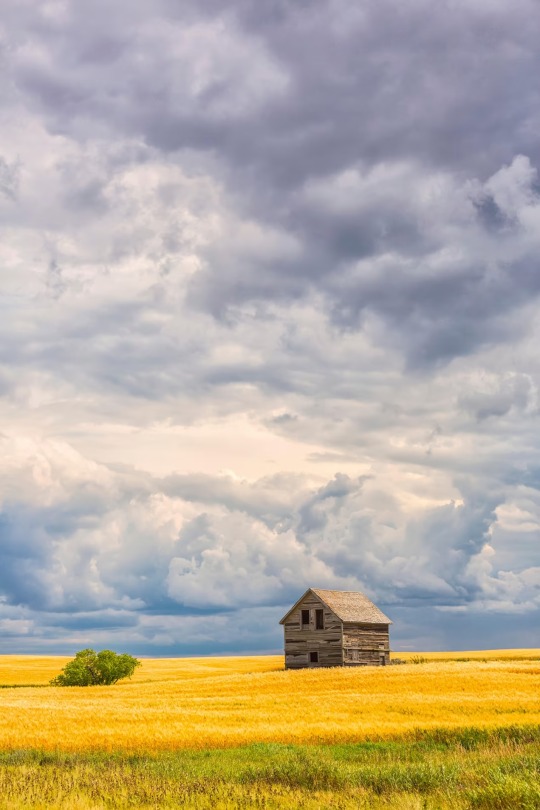
An abandoned building stands along the roads of rural Saskatchewan. Photo By Design Pics Inc, Alamy
A Place of Sanctuary
In the Nēhiyawēwin (Plains Cree) language, ‘Wanuskewin’ roughly translates as ‘sanctuary’. Lying at the fertile confluence of the South Saskatchewan River and Opimihaw Creek, it was a gathering place for the people of the Northern Plains — the Blackfoot, Cree, Ojibwa, Assiniboine, Nakota and Dakota — who all followed bison herds and found sustenance and shelter here. Before European settlement, this land was home to vast numbers of bison (also known as buffalo) and the multitudes of species they supported, from the insects that thrived in the bison’s manure and the birds that fed on those insects to the humans that were dependent on the bison’s meat and skin.
But then came catastrophe. Bison were deliberately slaughtered to near extinction, a tactic used by settlers to starve Indigenous people into submission. “Around 400 years ago, there were 26 to 30 million bison on the Great Plains in North America,” Walker says. “By the 1890s, there were just 1,200.”
With the bison and their way of life gone, Plains people were left with little choice but to sign Treaty Six, an 1876 agreement with the British Crown that opened up the land for European settlement and promised one square mile of land to every Indigenous family of five. They were then corralled onto reserves.
“What if I were to come to all of your houses, empty your fridges and say you guys have to move to the s****y part of town?” Wearing a fringed buckskin waistcoat adorned with beaded flowers, Jordan Daniels, a member of the Mistawasis Nêhiyawak (Cree) Nation, raises his voice above the prairie wind to ensure we understand the depth of his ancestors’ loss. I’ve left Walker for now and joined a small group along Wanuskewin’s bison viewing trail where we’ll see and learn about Wanuskewin’s reestablished herd.
“The bison were a central part of our existence,” Daniels explains. “We made our teepees out of them. They were a main food source. Everything we needed for sustenance came from these animals.” There was also an emotional connection. Many Indigenous people consider bison kin, and the animal is ubiquitous in Indigenous stories and art. “They played a central role in our beliefs and in our way of seeing the world around us,” explains Daniels.
Bringing back the bison to Wanuskewin was always the park’s founders’ dream. In 2019, the animals finally came home. Six calves from Saskatchewan’s Grasslands National Park established the herd, followed by an additional five animals from the United States with ancestral ties to Yellowstone National Park. The herd, which has grown to 12, is now helping to restore native grasses. North America’s grasslands are one of the most endangered biomes in the world and bison, a keystone species, can help restore balance between animals, land and humans.
While grazing, Daniels explains, bison’s hooves aerate soil and help to disperse seeds, and by wallowing (rolling around), they create depressions that fill with rainwater and stimulate plant growth and provide habitat for microorganisms, amphibians and insects. “They’re ecologically unmatched,” he says. “But, I feel, nothing outweighs the cultural factor of having bison back here.”
Daniels’ connection is intensely personal. He explains that his seven-times great grandfather was Chief Mistawasis, the first chief in Saskatchewan to sign on to Treaty Six. Before signing, Daniels says, Mistawasis “had spent his life living how our people have done since time immemorial, out on the plains hunting bison. And today, I’m able to look at animals that are genetically close to the ones that he’d have interacted with. It’s a very impactful and powerful thing.”

Tianna McCabe, a Navajo, Arapaho and Cree powwow dancer, explains the significance of her ornate regalia. Photo By Concepts/KareeDavidsonPhotography.Com
Happy To Be Home
Wanuskewin is about protecting the future as much as preserving the past. I meet with young Indigenous people who demonstrate aspects of their cultures, once suppressed, now thriving. Tianna McCabe, a Navajo, Arapaho and Cree powwow dancer, explains the significance of every fabric and colour of her ornate regalia before hopping her way through an Old Style Fancy Shawl dance, her feet landing with each staccato beat of a drum.
As the day eases into night, I follow a group to the top of a bluff to meet Métis chef Jenni Lessard, who’s prepared our Han Wi (‘moon dinner’ in Dakota language). As well as bison tenderloin, sourced from a nearby farm and seasoned with yarrow and sage, we eat pickled spruce tips and bannock bread with chokecherry syrup. Sipping wild mint and fireweed tea, we gather around a fire, rejoined by Dr Ernie Walker to hear “a miraculous story”.
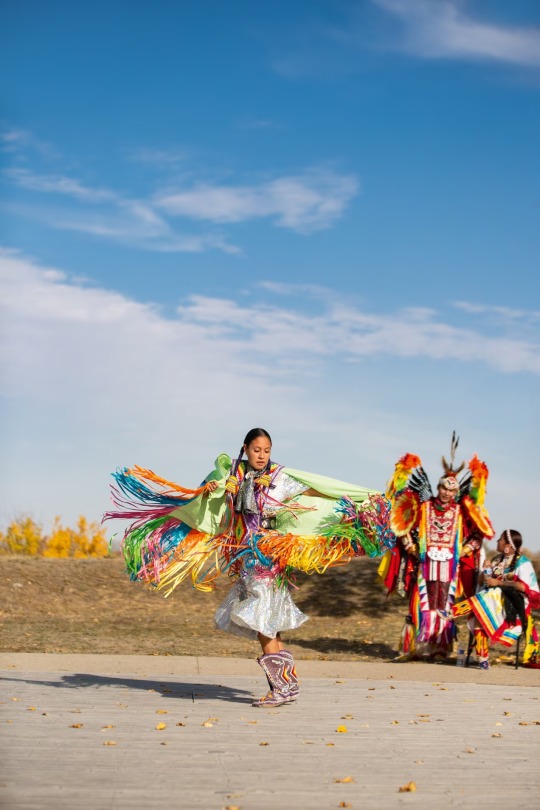
Dezaray Wapass, a Fancy Shawl dancer, performs in Wanuskewin National Park. Photo By Concets/KareeDavidsonPhotography.Com
In August 2020, Walker was visiting the bison herd when he noticed a boulder protruding from a patch of vegetation the animals had worn away. Seeing a groove cut across the top of it and, brushing away the dirt, he spotted more cuts and realised what he was seeing was a petroglyph. The boulder turned out to be a ‘ribstone’, so-called because its engraved motifs represent bison ribs. Three more petroglyphs were later unearthed, as well as the stone knife used to carve them.
What the bison did when they uncovered those petroglyphs was to complete the story of Wanuskewin. “We’d always lamented that, here in the park, we’ve got [archeological sites like] buffalo jumps, teepee rings and North America’s most northerly medicine wheel, but we didn’t have any rock art,” explains Walker.
Wanuskewin is on the tentative list for UNESCO World Heritage designation. The discovery of the petroglyphs, Walker believes, has boosted its chances. He tells me: “The stones complete everything you’d expect to find on the Northern Plains, but you don’t usually find those things within walking distance of each other.”
Dressed in a white Stetson, blue jeans and cowboy boots, Walker retains the appearance of a young ranch hand but, after 40 years of arguing for this place, I sense he’s content to rest a little. “I’ve told this story many times before,” he says. Now, the bison have picked up Wanuskewin’s epic story and it’s time to let them tell it once again.
#Canadian Bison#Saskatchewan#Wanuskewin Heritage Park#Archaeological Site and Cultural Centre#Dr. Ernie Walker#Chief Archeologist#Nēhiyawēwin (Plains Cree) Language#Wanuskewin (Sanctuary)#Blackfoot Cree Ojibwa Assiniboine Nakota and Dakota#Jordan Daniels#Mistawasis Nêhiyawak (Cree) Nation#Indigenous People#Grasslands National Park#Tianna McCabe a Navajo Arapaho and Cree Powwow Dancer 💃#Old Style Fancy Shawl Dance 💃#Métis chef Jenni Lessard#Han Wi (‘Moon Dinner’ in Dakota Language)#Chokecherry Syrup#Petroglyphs#UNESCO World Heritage
12 notes
·
View notes
Text
On the Sioux Valley Dakota Nation west of Brandon, Man., schoolchildren are throwing pumpkins into a bison pen, a ceremony and sign of respect to an animal that has deep spiritual significance for Indigenous culture and identity. Community leaders are also educating a new generation about how the bison, known in these parts as buffalo, has important implications for the future of the Prairies – rehabilitating natural grasslands and conserving water in a time of climate change. "The significance of the buffalo goes back hundreds of years. These animals have saved our lives," said Anthony Tacan, a band councillor whose family is the keeper of this herd. "They provided food and weapons out of the bones, tools, the hides for clothing, the teepees. It did everything for us. So going forward, we decided it's our turn to give back. It's our turn to look after them."
Continue Reading
#cdnpoli#canadian politics#canada#canadian news#sioux valley dakota nation#first nations#indigenous#american buffalo#american bison#bison#ecology#ecosystem restoration#manitoba
2K notes
·
View notes
Text
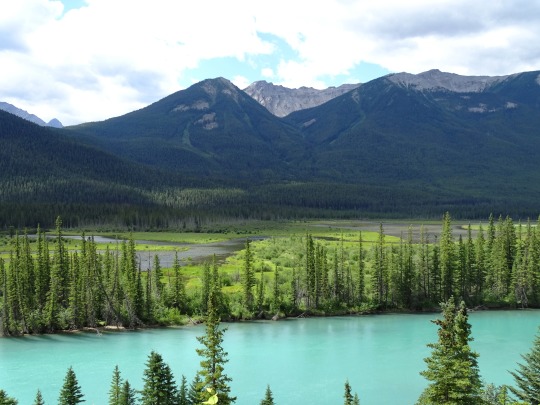
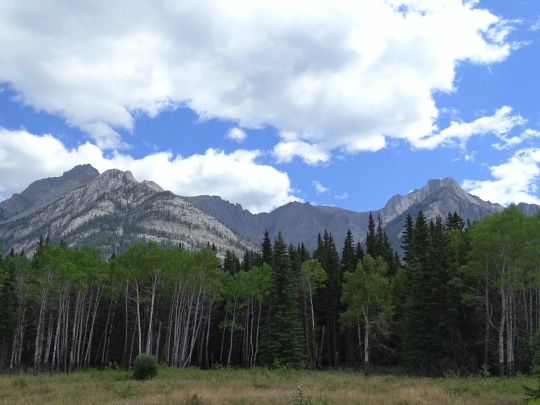
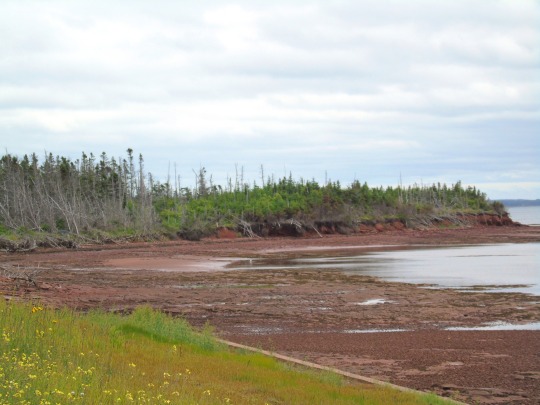

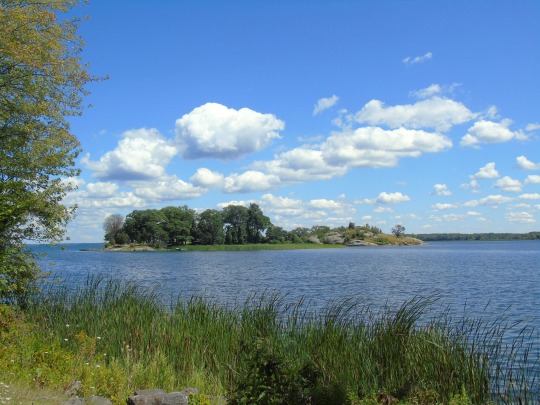
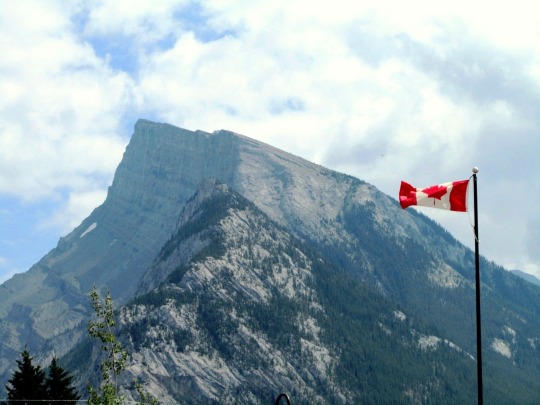
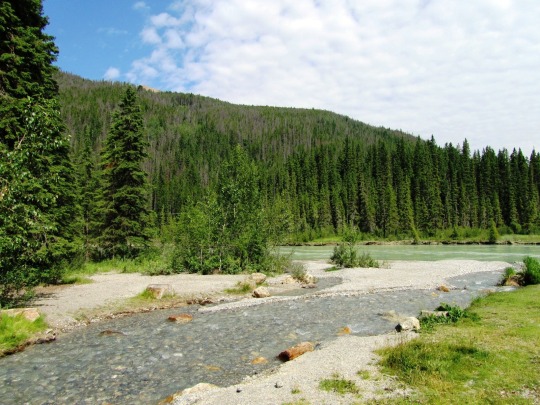



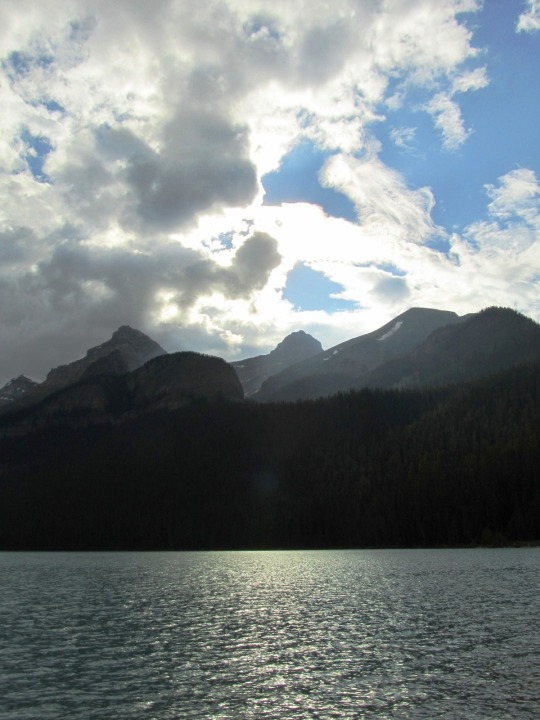


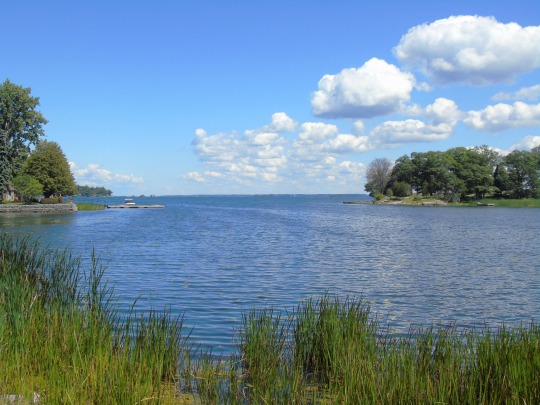
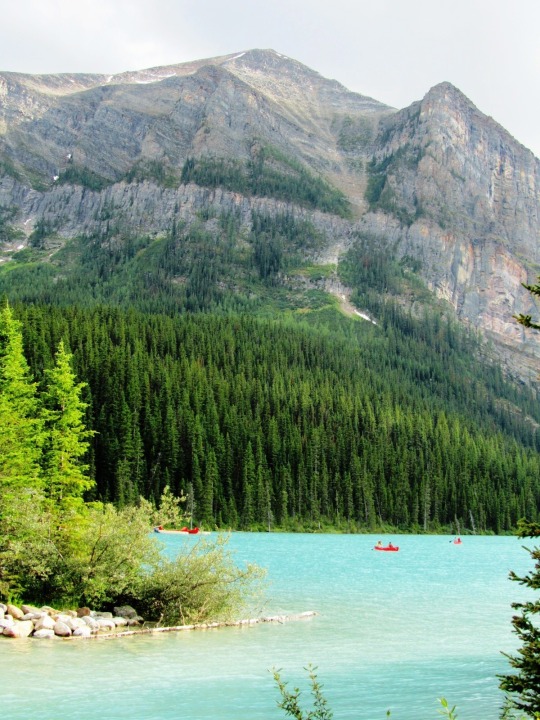











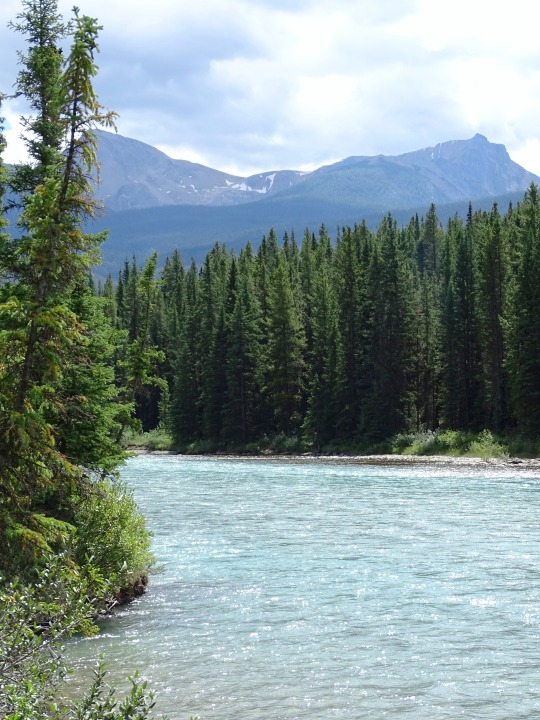
Parks Canada, the world’s first national park service, was established as the Dominion Parks Branch under the Department of the Interior on May 19, 1911.
#Terra Nova Nationalpark#Prince Edward Island National Park#landscape#countryside#original photography#travel#Yoho National Park#Banff National Park#Rocky Mountains#Lake Louise#Cascade Mountain#Parks Canada#established#19 May 1911#anniversary#Canadian history#Canada#Thousand Islands National Park#Cape Breton Highlands National Park#Rogers Pass#flora#forest#tourist attraction#landmark#vacation#Jasper National Park#elk#wood bison#caribou#wildlife
18 notes
·
View notes
Text
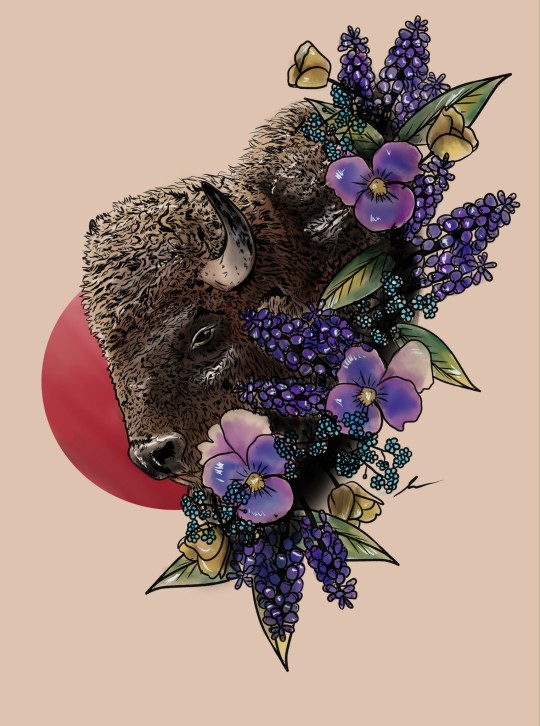
#tattoos#tattoo flash#tattooed#traditional tattoo#realistic tattoo#tattoo#realism#flower art#flower tattoo#flowers#bison#buffalo#canadian#canada#native american#indigenous#cree#metis#ojibwe#animal#animal tattoo
7 notes
·
View notes
Text
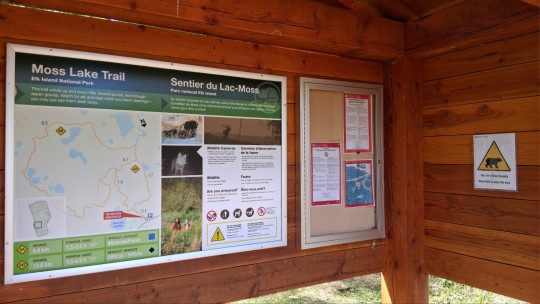

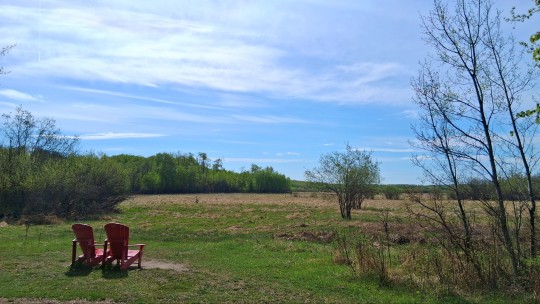

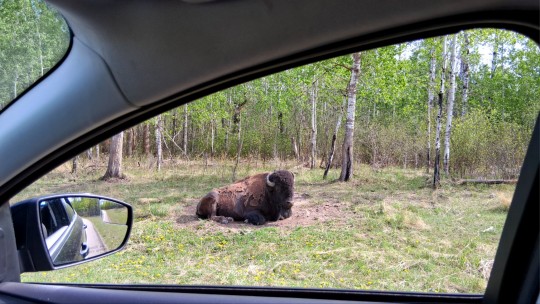
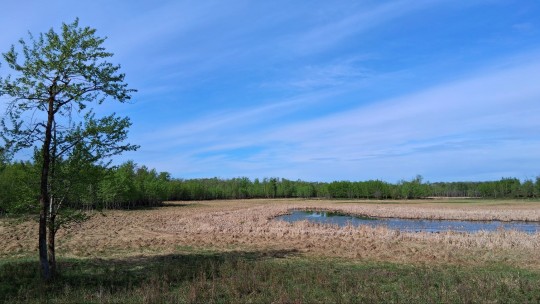
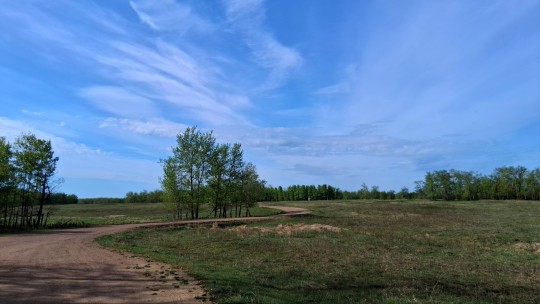
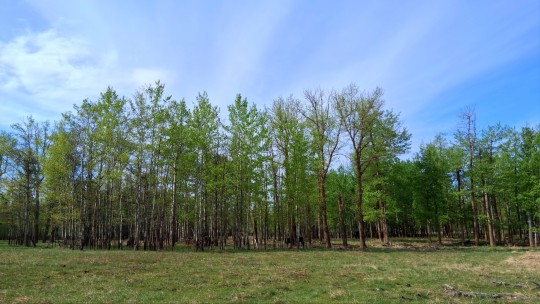
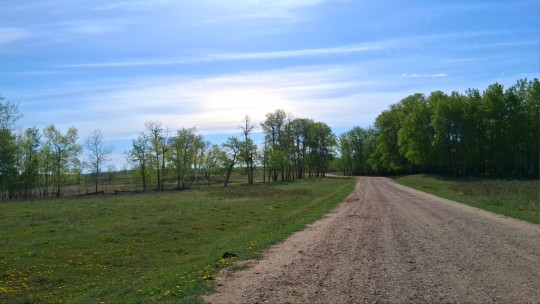
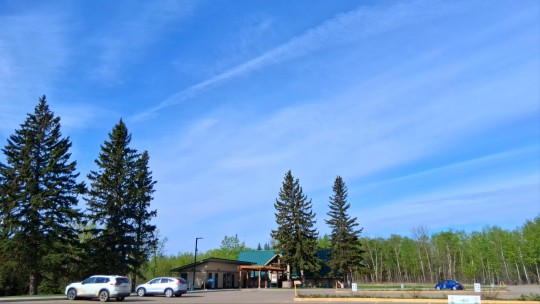
Elk Island National Park
#photography#artistic photography#art#edmonton#alberta#northwestern canada#wildlife photography#digital photography#nature reserve#nature photography#nature#bison#park#outdoors#canadian#canada#exploration#buffalo bisons
3 notes
·
View notes
Note
hey in that orville post u mentioned he/his photographer stole a photo composition from a Native artist- do u know what photo it was & who the original artist is? (not trying to question ur point or anything, i just like photography)
Yes, I mentioned it in another post. The Native artist he stole from is named Dayna Danger. My stupid phone won't let me copy the link right now so scroll down on my blog to find it, it's not far. I don't know who took that specific photo of Peck, however.
What's worse is that the twitter caption for Peck's version mentioned "how Peck keeps is real for the LGBTQ community" or something very similar, and Dayna herself is twospirit & genderqueer, so he stole from ANOTHER LGBTQ artist. Someone pointed out its very likely Peck may have heard of Dayna because she's from Montreal, which is only 5 hours away from Toronto, where Peck lives, AND she's held art shows there & is pretty prolific to the area.
Below is the comparison between Dayna's original photo that came first, versus Peck's version. Under the cut bc of some nudity.
On the left is Dayna's version, and the right is Peck's version.
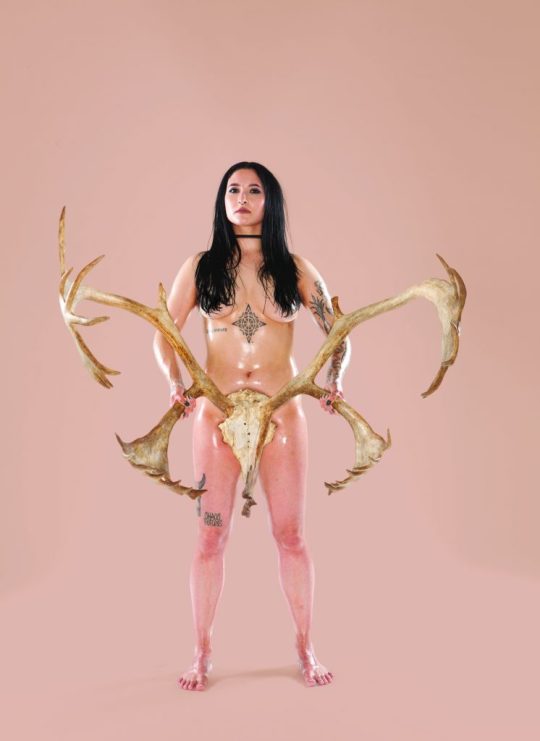

#anonymous#not safe for staff#and again even if Dayna's version DIDN'T exist & Peck didn't actually steal from her#him as a white settler Canadian posing with a bison skull carries some HEAVY ASS BAGGAGE
21 notes
·
View notes
Text
Americans being American-centric as usual on one of my posts:
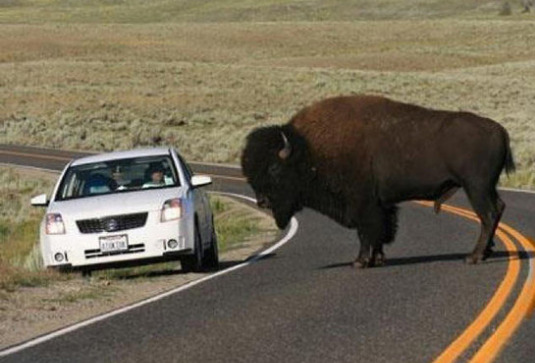





I know that this is a hard concept to grasp, but not everyone in the world is American nor do they speak American English.
#i'm canadian#the real life of me#americans are at it again#canada#i'm just saying#united states#the yanks are at it again#langblr#buffalo#bison#american english#english langblr#eye roll
10 notes
·
View notes
Text








Wally Dion, born 1976, Saskatoon, Saskatchewan.
Fabric Star Quilts.
Wally (Walter) Dion is a Canadian artist of Saulteaux ancestry living and working in Upstate New York. Working in a number of media including painting, drawing and sculpture.
Wally explains:
"The first fabric star quilt was made as part of a 2022 residency at Wanuskewin Park. It was my way of reflecting upon prairie tall grass and the reintroduction of bison into the Great Plaines. I wanted to make several transparent quilts and superimpose them; one in front another... a quilt for the microbiome, another for the bison, their manure & hooves, another for the summer fires that scorch the ground and a final quilt for the sweetgrass braid.
I was considering how all of these things worked together for thousands of years to create what is known as the 'prairie tall grass ecosystem'. A vast and fertile expanse of land stretching from the foothills of Alberta to the banks of the Mississippi. I wanted to highlight the invisibility of systems when everything is working well, as it should be.
I started with the green quilt because it is the colour of the sweet grass braid that is exchanged in ceremony and relationship building. I considered the nature and tradition of quilting; impoverished craftspeople using tiny scraps of fabric. I considered the act of offering fabric and adherence to tradition. I thought of a thousand tiny prayers and how that might look; invisible acts of respect and adherence to protocols spanning decades. My thoughts travelled across the land, imagining the trees and rocks collecting these prayers like a bush of cloth, or an etched boulders."
17K notes
·
View notes
Video
Standing in the Middle of the Road and Soaking in the Views of Bison Peak and Spreading Peak (Icefields Parkway) by Mark Stevens Via Flickr: I'm sure I've had many a chances to take in this view during my visits to the Icefields Parkway over the years. On this Sunday morning, there was a few cars out so at times I had the road to myself. Here I had plenty of time to compose the image, capturing not just the road going off into the distance but also attempting to fill the mountainsides off in the distance as completely as possible. At times that day, the skies would open up and add to the view with beautiful blues skies and clouds.
#Banff National Park#Bison Peak#Blue Skies with Clouds#Canadian Rockies#Central Front Ranges#Day 4#Evergreen#Evergreen Trees#Highway#Highway 93#Hillside of Trees#Icefields Parkway#Looking NW#Mount Noyes#Mountains#Mountains in Distance#Mountains off in Distance#Murchison Group#Nature#Nikon D800E#Portfolio#Project365#Road#Snowcapped#Spreading Peak#Standing in Middle of Road#Trees#Alberta#Canada#flickr
1 note
·
View note
Text
can't stop thinking like this when i see posts

"three types of animals defined by utility and simplified transactional relationship to humans. including categories of productivity, domestic companionship, or passive/threat/disgust/pest":
British and colonial American institutional and folk taxonomy of "the natural world" in the eighteenth century. The unofficial-but-still-influential way of imagining animals in "utilitarian" ways that support material accumulation and colonial "productive land" and "land improvement." Like a secularization of previously explicitly-religious "great chain of being" schema but adapted for Englightenment-era scientific cosmology that reifies racialized imaginaries of environmental space and reinforces class/racial/species hierarchies with technical expertise.

"we have to do something about the distances":
Britain and the United States in the nineteenth century trying to control the globe and conquer "frontiers" and obsessively trying to more quickly and efficiently move trade, industrial products, information, communications, administrators, indentured laborers, and imperial military across seas and vast distances to cement hegemony by utilizing technical expertise with railroad networks, sailing ships, steamships, investments in cartographic surveying, latitude/longitude establishment, canals, and elaborate systems of telegraph lines.

"they should make a big heavy machine beast that can pull tons of black iron across grasslands and such":
British Empire technicians, Canadian administrators, and their US advisers from 1900-1930-ish when the Canadian "federal government also established breeding programs designed to cross cattle with bison or yak to create a new [ultimate] range animal" with "a reserve stock of pure blood bison of the highest potency" and an "enthusiasm for stocking northern [boreal and northern Great Plains] environments with exploitable game populations" when "nothing, in fact, captured the imagination of bureaucrats and private promoters in the early twentieth century more than the idea of importing domesticated reindeer from northern Europe as a the vanguard of a settled and prosperous agricultural civilization in northern Canada." And they partially pursued the project as "a response to the success of Americans" in "assimilating" the Inuit by importing 82,000 European reindeer to Alaska by 1916: "[A]n Alaskan Bureau of Education Report proudly proclaimed [...]: 'within less than a generation, the [slur] throughout northern and western Alaska have been advanced through one entire stage of civilization.'"
And in the same decade with British administrators in Southeast Asia, when they pursued the "purchase of elephants whose labour made possible the logging and transport of this harder-to-reach teak [in Burma]. By the period between 1919 and 1924, elephants represented the largest assets owned by the biggest timber firm operating in the colony […]. This animal capital, of around three thousand creatures, represented [...] the equivalent of roughly a third of the corporation's liabilities [...]. And these elephants must have been busy. This five-year period saw half a million tons of teak exported out of the colony, the overwhelming majority of which was exported by a handful of large British-owned firms. Their ownership of these beasts of burden gave imperial trading firms a considerable advantage."
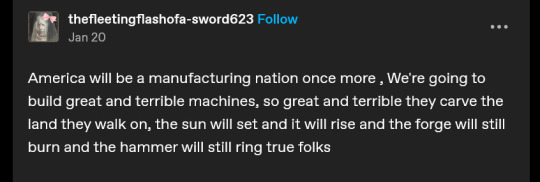
"america will be a manufacturing nation once more , We're going to build great and terrible machines, so great and terrible they carve the land they walk on, the sun will set and it will rise and the forge will still burn and the hammer will still ring true folks"
Without comment:
[Quote.] [O]n the morning of February 20, 1915, [...] Franklin K. Lane, the secretary of the Interior […] intoned to the crowd, “The seas are now but a highway before the doors of the nations […]. The greatest adventure is before us, the gigantic adventure of an advancing democracy, strong, virile, kindly, and in that advance we shall be true to the indestructible spirit of the American Pioneer.” The fair did not officially commence, however, until President Wilson […] pressed a golden key linked to an aerial tower […], whose radio waves sparked the top of the Tower of Jewels, tripped a galvanometer, and closed a relay, swinging open the doors of the Palace of Machinery, where a massive diesel engine started to rotate. […] [T]he PPIE was organized to commemorate the completion of the Panama Canal […]. As one of the many promotional pamphlets declared, "California marks the limit of the geographical progress of civilization. For unnumbered centuries the course of empire has been steadily to the west." […] One subject that received an enormous amount of time and space was […] the areas of race betterment and tropical medicine. Indeed, the fair's official poster, the "Thirteenth Labor of Hercules," [the construction of the Panama Canal] symbolized the intertwined significance of these two concerns […] that crowned San Francisco as the Jewel of the Pacific. […] The construction of the Panama Canal unfolded against the backdrop of […] the installation of American colonial rule in Cuba, Puerto Rico, the Philippines, Guam, and Hawai’i. […] In San Francisco, […] this meant the presence of artifacts such as Fountain of Energy, a strong male mounted on horseback […] crowned by figurines of “Fame” and “Valor.” Referred to by its creator as the Victor of the Canal, this sculpture symbolized “the vigor and daring of our mighty nation […].” In his address titled "The Physician as Pioneer," the president-elect of the American Academy of Medicine, Dr. [W.H.], credited the colonization of the Mississippi Valley to the discovery of quinine […]. [A]t the Pan-American Medical Congress, where its president, Dr. [C.R.] delivered a lengthy address praising the hemispheric security ensured by the 1823 Monroe Doctrine and "the combined genius of American medical scientists […]" in the Canal Zone. […] [A]s [CR]'s lecture ultimately disclosed, his understanding of Pan-American medical progress was based […] on the enlightened effects of "Aryan blood" in American lands. […] [End quote.]
Source: Alexandra Minna Stern. "Race Betterment and Tropical Medicine in Imperial San Francisco." Eugenic Nation: Faults and Frontiers of Better Breeding in Modern America. Second Edition. 2016.
421 notes
·
View notes
Text
Me: bro, I love bison burgers
Canadian friend: omg same, they're so good
EU friend: wait like... real bison? like the animal?
Us: uh, yeah? it's bovain. we eat it
#it's legal to raise bison for meat#you just cant hunt them#THAT'S super illegal#idk about native laws tho#text post
505 notes
·
View notes
Text
Theriotype List
So, to start out, for context, I think we've all seen a skeptic comment about how all therians are only "cool" animals. I personally have always enjoyed keeping up with those with "rarer" theriotypes and even using them as examples when these kinds of arguments are brought up, so I've decided to do a little bit of a personal project, that being creating a huge list of the wide variety within the therian community. Below is the list I've created so far, sorted by general species, then adding in subspecies/breeds, all in alphabetical order.
Please keep in mind and understand that for now, I am only putting Earthen animals on this list, mainly so I and the post can keep up, because there's a LOT here already and I know there are hundreds more out there. This list does need more entries though. If you have a theriotype that you don't see on this list, please comment or reblog and let me know so I can add it! You can follow and find it with the tag "foxskys theriotype list".
Adder - European Agouti Alligator - American Alpaca Ankylosaurus Anteater Argentavis Armadillo - Three-banded Arthropleura Axolotl Badger - American - European - Honey - Japanese - Sunda Stink Baryonyx Bat - Evening - Flying Fox - Vampire Bear - Black - Brown - Polar Bee - Bumble - Honey Beetle - Dor - Stag Binturong Bison - American Bonobo Butterfly - Buckeye Caiman Caracal Cat, Domestic - Bombay - Himalayan - Japanese Bobtail - Lykoi - Maine Coon - Norwegian Forest - Oriental - Ragdoll - Shorthair - Turkish Van Centipede - Amazonian Giant - House - Japanese Giant - Red-headed Cheetah Chickadee Chimpanzee Chipmunk - Eastern Cicada - White Ghost Coatimundi - White-nosed Cockroach Coot - European Cow - Holstein Friesian Coyote Coywolf Crocodile - Nile - Saltwater - Siamese Crow - American - Hooded Cryodrakon Damselfly - Blue-tailed Deer - Axis - Caribou - Hog - Marsh - Red - White-tailed Deinonychus Dilophosaurus Dingo Dog, Domestic - Alaskan Malamute - Australian Shepherd - Beagle - Belgian Malinois - Bernese Mountain - Blue Bay Shepherd - Border Collie - Borzoi - Carpathian Shepherd - Cavalier King Charles Spaniel - Czechoslovakian Wolfdog - Dalmatian - Doberman - German Shepherd - Golden Retriever - Greyhound - Husky - Irish Wolfhound - Karst Shepherd - Nova Scotia Duck-tolling Retriever - Saluki - Samoyed - Sighthound - Silken Windhound - Wolfdog - Yorkie Dolphin - Amazon River - Common Donkey Dove Duck - Mallard Eagle - Bald - Golden Elk - American - Irish Eusmlius Fish - Arowana - Barbel - Betta - Bichir - Bristlenose Pleco - Carp - Hag - Koi - Pike - Salmon - Zander Fly - Blue Bottle - House Fossa Fox - Arctic - Bat-eared - Blanford's - Corsac - Crab-eating - Gray - Red, American - Red, European - Swift Gecko - Day Goat Golden Cat - Asiatic Goose - Canada Gorilla Grackle Grebe - Pied-billed Guinea Pig Hamster Hare - Brown - European Hawk - Red-tailed Hawk-Eagle - Changeable - Wallace's Hedgehog Homotherium Hornbill Hornet - Bald-faced - European Horse - Akhal-Teke - Clydesdale - Drum - Mustang Hyena - Aardwolf - Brown - Spotted - Striped Ichthyovenator Iguana Isopod Jackal - Black-Backed Jaguar Jay - Blue - Florida Scrub Jellyfish - Moon - White Spotted Jerboa Kangaroo Kaprosuchus Katydid Kestrel - Eurasian Ladybug Lemur - Black-and-white Ruffed - Red-bellied - Red-ruffed Leopard - African - Clouded - Snow Lion - African - American - Mountain Lynx - Bobcat - Canadian - European - Iberian Macaw - Blue-and-Yellow - Hyacinth - Scarlet - Spix’s Magpie - American - Eurasian - Yellow-billed Margay Marten - American Pine - European Pine - Japanese - Yellow-throated Microraptor Millipede - Crested Mink - American - Sea Monkey - Capuchin Moth - Cecropia - Cinnabar - Common Domestic Silk - Gold - Luna - Rosy Maple - Satin Mouse - Harvest - Hazel Dormouse Muskrat Nautilus Newt - Marbled Octopus - Mimic Opossum Orangutan Osprey Otter - Giant - River - Sea Oviraptor Owl - Barn - Burrowing - Snowy - Tawny Panda - Giant - Red Pangolin - Black-bellied - Tree Parpsauropholus Parrot - Kea Peacock/fowl Pigeon Pitohiu - Hooded Plateosaurus Possum Pterosaur Pufferfish Python - Ball Rabbit - Lionhead - Lop-Eared Raccoon Raven - Common Ray - Sting Rhamphorhynchus Sable Scorpion Sea Lion Sea Slug Seagull - Greater Black-backed Seal - Harbor - Weddell Serval Shark - Chain Catshark - Nurse - Oceanic Blacktip - Sicklefern Lemon Sheep - Bighorn - Domestic - Hebridean - Herdwick - Mouflon Sinosauripteryx Skink - Blue-tailed Snake - Banded Sea Sparrow - Common House Spider - Black Widow - Orb Weaver Spinosaurus Squid Squirrel - Eastern Fox - Finlayson's - Gray - Red Stoat Stork - Shoebill Styracosaurus Tamarin - Golden Lion Terrorbird Tiger - Bengal - Siberian - Sumatran Toucan Tyrannosaur Uromastyx Vulture - Bearded - Black - Turkey Wasp - Potter Weasel Whale - Killer - Minke - Pilot - Right Whiptail - New Mexico Wolf - Alaskan - Arctic - Coastal - Eastern - European - Gray - Himalayan - Labrador - Mackenzie River - Maned - Mexican - Northern Rocky Mountain - Northwestern - Red - Tundra Wolfdog Wolverine Zebra - Grevey's - Mountain - Plains
#therian#therianthropy#therian community#alterhuman#alterhumanity#alterhuman community#nonhuman#nonhuman community#foxskys theriotype list
448 notes
·
View notes
Text

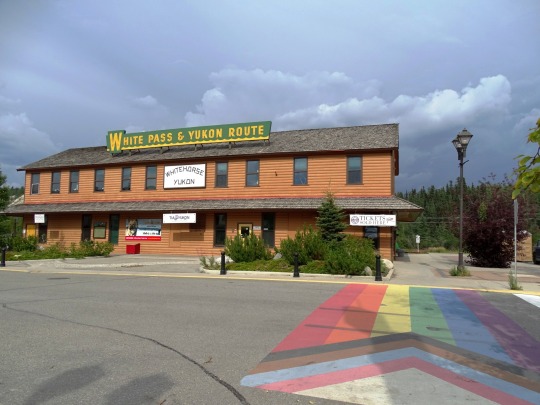
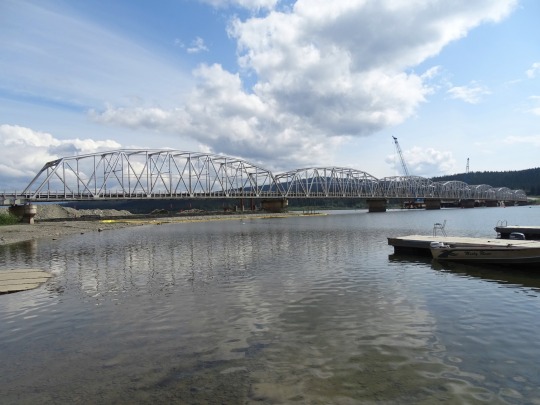
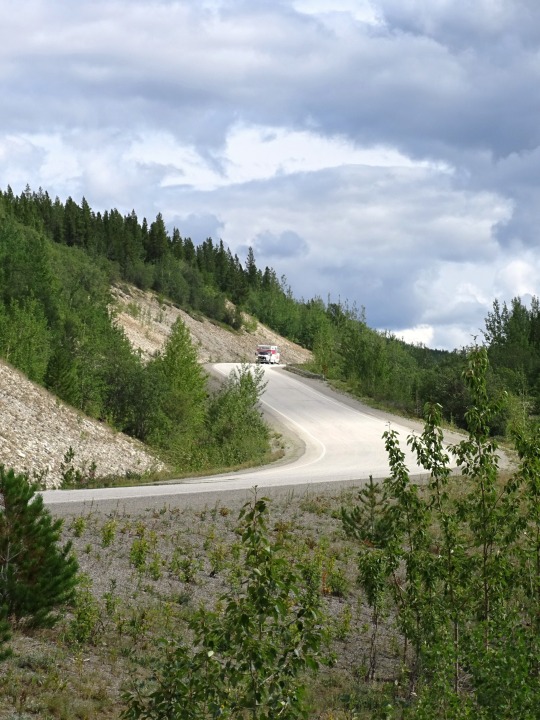

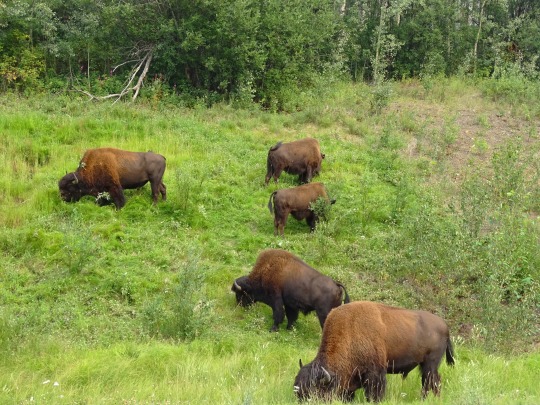

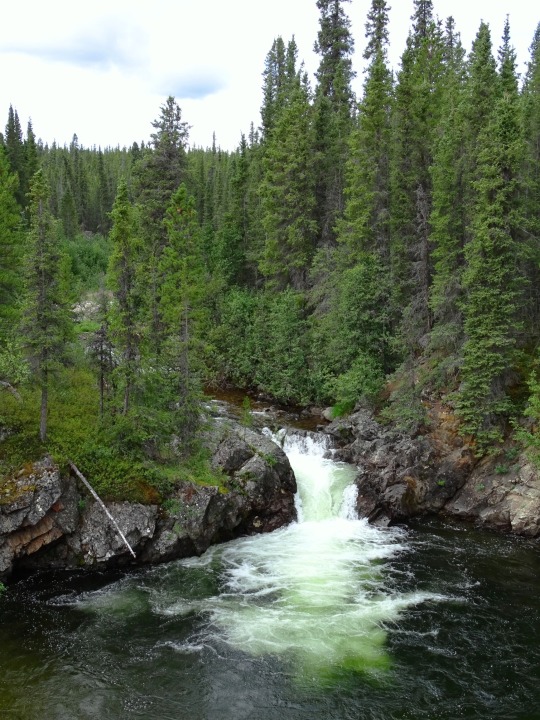


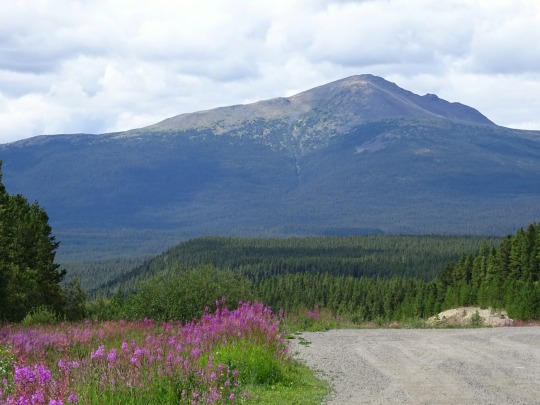



















The Yukon territory was formed, with Dawson chosen as its capital on June 13, 1898.
#I'll be back this summer#Wye Lake#Watson Lake#Yukon Territory#formed#13 June 1898#anniversary#Canadian history#the Yukon#summer 2023#Whitehorse#travel#original photography#vacation#tourist attraction#landmark#cityscape#architecture#landscape#Canada#the North#Alaska Highway#Rancheria Falls Recreation Site#Emerald Lake#Carcross Desert#Miles Canyon#Yukon River#Stockholm County#Wood Bison#wildlife
5 notes
·
View notes
Text
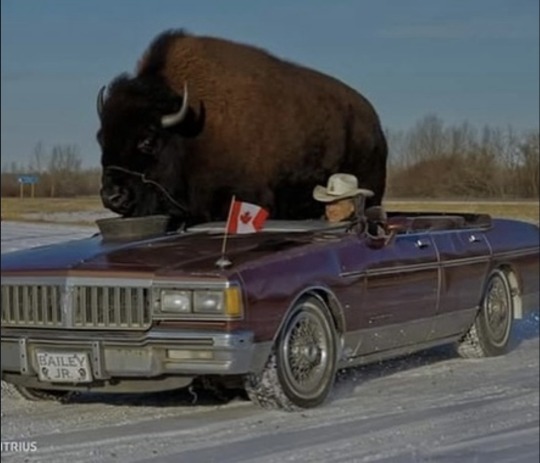

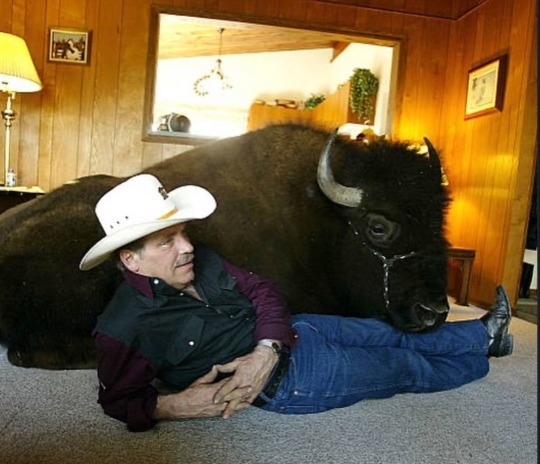
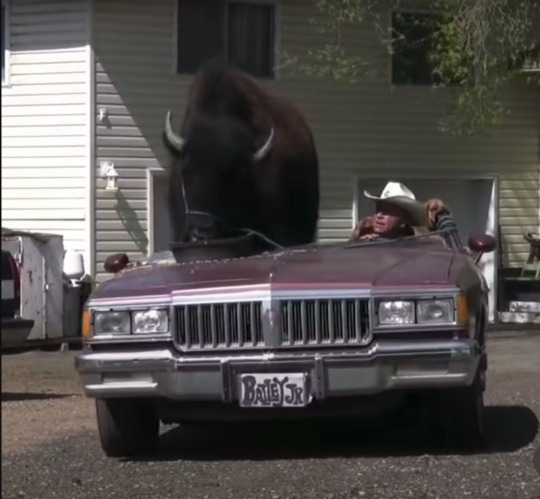
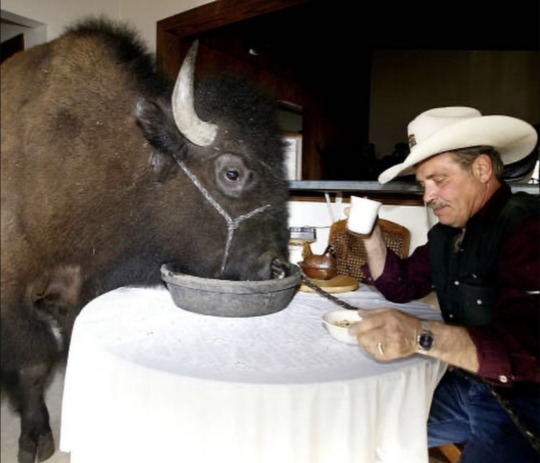
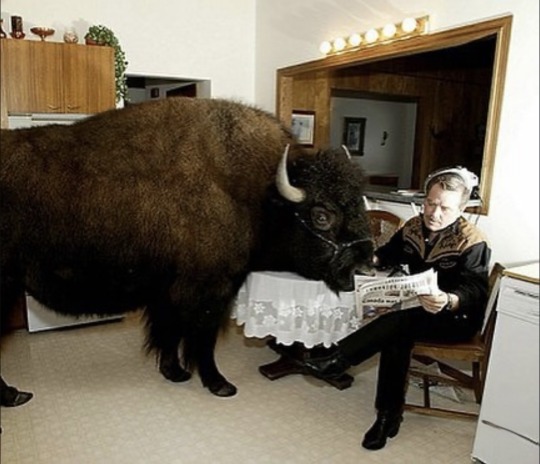
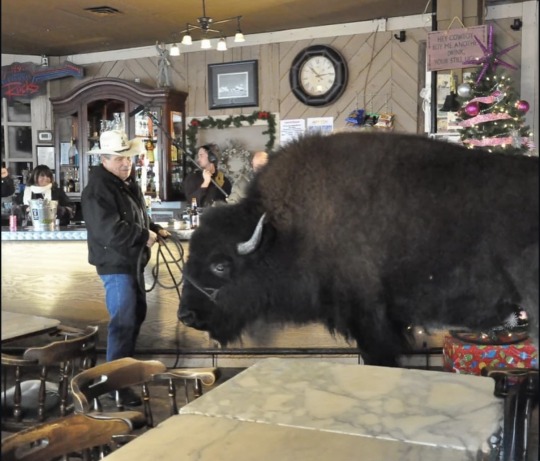

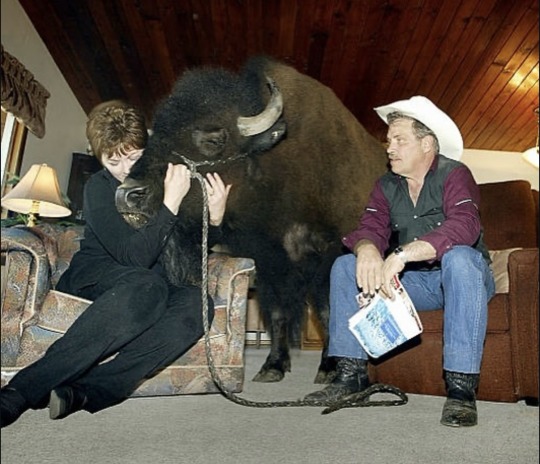
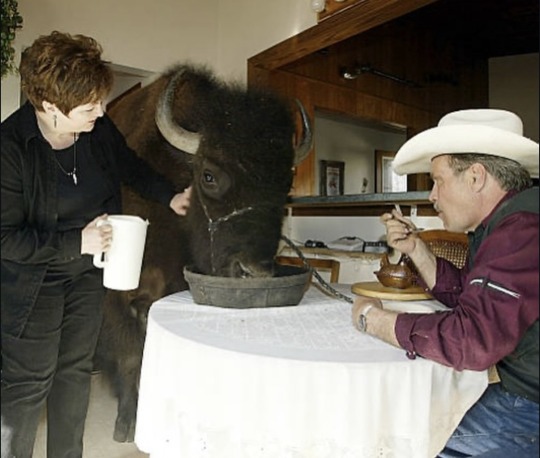
Jim Sautner, the Buffalo Whisperer was a Canadian rancher who raised a 2,000-pound bison named Bailey D. Buffalo like a family dog. Bailey lived inside the house, rode shotgun in Jim's convertible, and even drank beer with him at public bars.
He adopted Bailey as a calf after Bailey was rejected by his mother, so Jim took him in and raised him by hand.
From the beginning, Jim treated Bailey less like livestock and more like a companion.
#buffalo#western#old school cool#cowboy#aesthetic#vintage#style#family#beauty#love#pets#canada#rancher#buffalo whisperer#bison
231 notes
·
View notes
Text
Okay, but for reals. I have a real-life friend who loves Hogan's Heroes and one day I was brave enough to suggest she reads HH fanfiction. And she said she does. And so I sent her a link to Papa Bear's List and she said, "I've read that one!!! But the author never finished it!" "Me," I said. "That author is me and I just finished it a few months ago!"
It was wild!
sometimes I think about how so many ppl read fanfiction in secret and its all anonymous, so like ppl I know could be reading my fics and neither of us would ever know because i don't tell ppl unless I'm really close to them that I write fanfiction and they wouldn't ever tell me they read it so there COULD be this just invisible thing between us that we'd never know about unless we got close enough to admit we both love fanfiction
#And then a big bison came out on the side of the road and distracted us#So we didn't talk anymore about it#We were in a National Park at the time#I know I'm Canadian but very rarely do random bison burst onto the scene unless you're in a National Park#Hogan's heroes#hogan's heroes fanfic
45 notes
·
View notes
Text



the okc thunder have been struck by my furry beam :3
species + explanations below
shai (caracal): y'all may remember me drawing shai as an impala earlier this year... that was before i knew much of anything about him. i have reassessed his vibes and i think he's much more kitty cat now. i thought of making him a lynx since he's canadian, but lynxes are fluffy and he doesn't strike me as a fluffy guy. also caracals are a prime basketball animal (have a 10 ft vertical jump) (fucking crazy)
jdub (smooth terrier mix): i'm always hesitant to give people dog fursonas because i'm kind of a species snob but it just fits him (and jwill) so well. i cannot ignore all the clips of them barking. i think he looks a lot like a jack russell terrier or a beagle but i don't like either breed's markings enough so i just made him a mix of some shit and called it a day
jwill (bắc hà dog): like i said for jdub i cannot ignore the clips of him barking. and he just has the vibes of a really big dog that doesn't realize how big it is and jumps all over people. i chose a vietnamese breed because his family is from vietnam and it was a nice opportunity to look up breeds that aren't really seen in the u.s. ^__^
dort (wolverine): i was stumped on him until i looked up canadian mammals and remembered about the vicious wolverine. seemed like a very fitting animal for a guy who's short (compared to league average) but is a defensive nightmare on the court
chet (maned wolf): maned wolves are another prime basketball animal just for how Fucking Long they are; i was looking for a player that i could draw as one and i finally found one in chet. look at this picture. fucking ridiculous

cason (bison): i'll be honest i just made him a bison because i think he looks like rumble
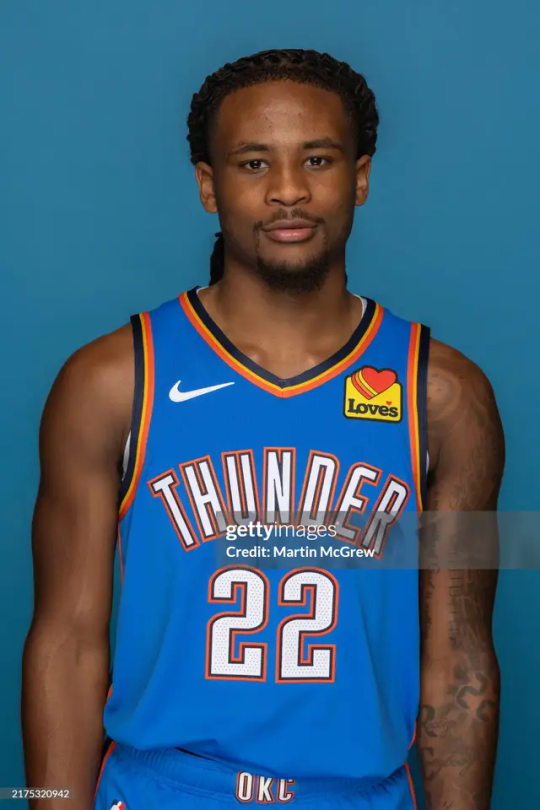

#my art#nba#oklahoma city thunder#okc thunder#shai gilgeous-alexander#jalen williams#jaylin williams#luguentz dort#lu dort#chet holmgren#cason wallace#furry#doodles#2025
138 notes
·
View notes
